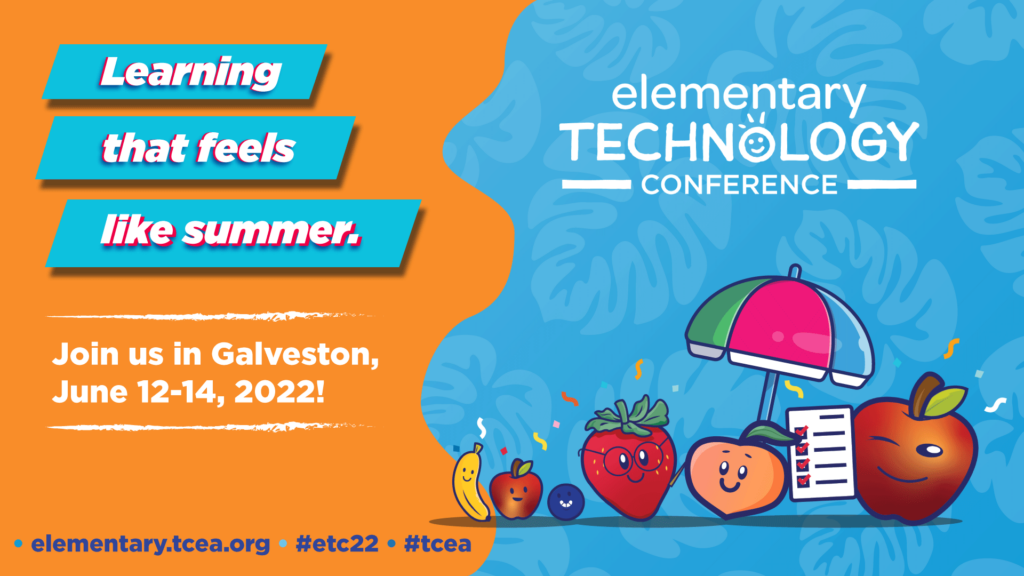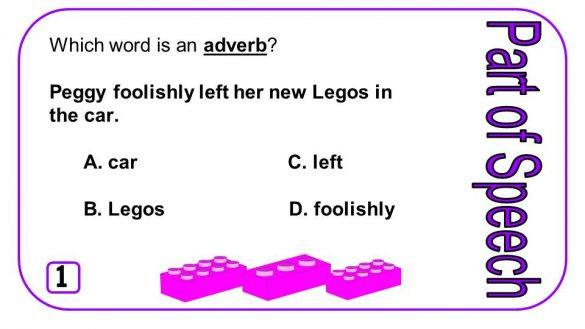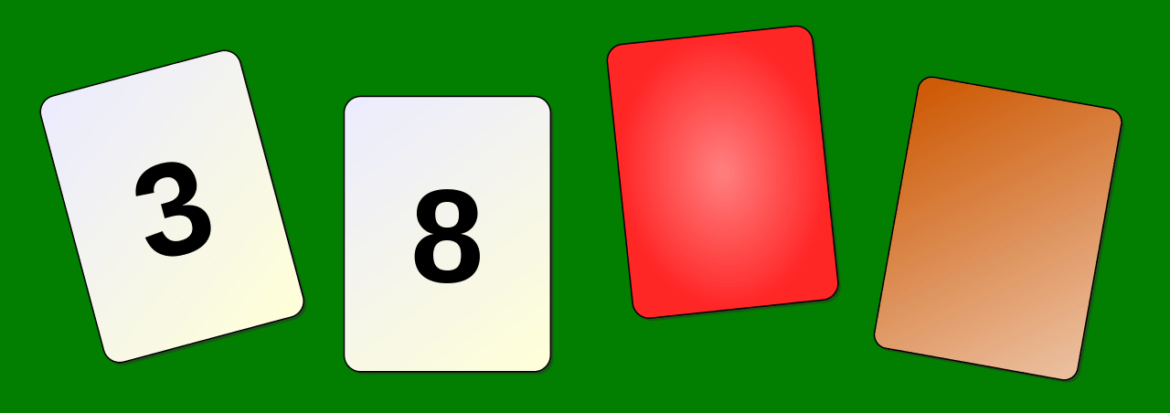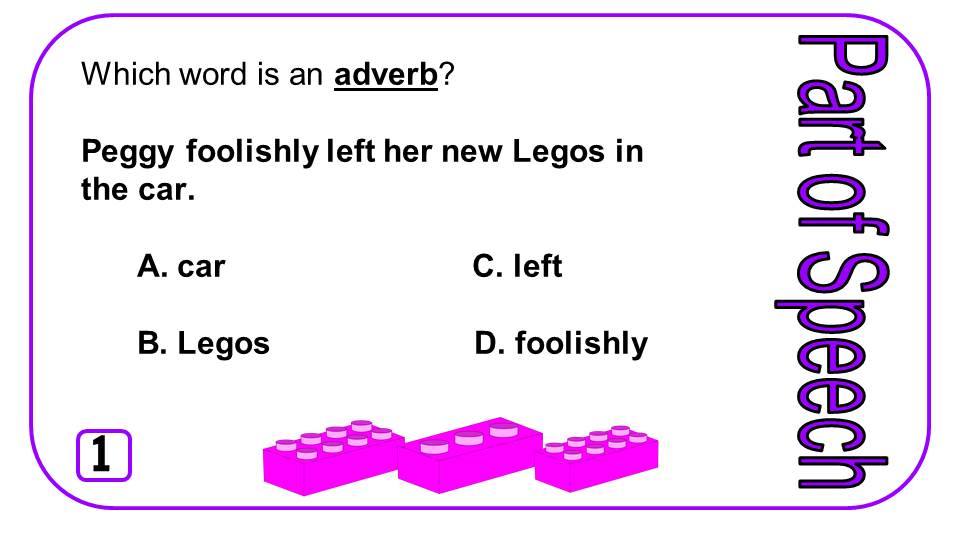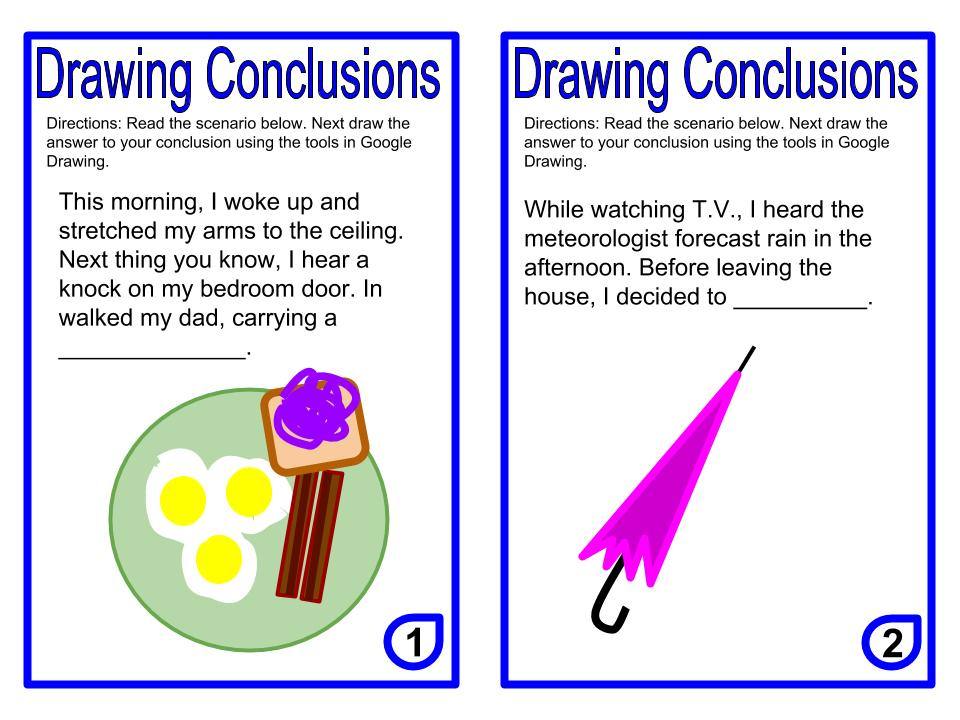LEGO has a wide variety of classroom applications. One way that the company encourages educators to use the popular construction tool is through the six brick challenge. In these challenges, LEGO builders are asked to complete a variety of tasks, but are limited to using only six bricks.
As a LEGO Education US Master Educator in the 2018 cohort meetup held in Chicago, I was challenged to create a duck using only six bricks. Every Master Educator was given the same six bricks, but the resulting ducks were anything but the same.
Fast forward to the 2018-19 school year. As a learning technologies coach, I am tasked with working with Burleson ISD educators to implement technology in various forms across the curriculum. A third-grade educator, Julie Broadway at the Academy of Nola Dunn Elementary, invited me to come and share a brick challenge with her students who had recently been on a field learning experience at NASA in Houston. I developed a series of cooperative challenges based on building a rocket.
Build a Rocket Challenge
Each student was handed a square base plate (as a building structure) and 10 LEGO bricks. The bricks were randomly chosen and were put into snack-sized baggies so that they would not be dropped or lost. Each child was tasked with building a rocket using only the bricks he or she had received (the base plate did not count toward the ten) in a five-minute time period. Students were then given three minutes to write a description of their rocket design.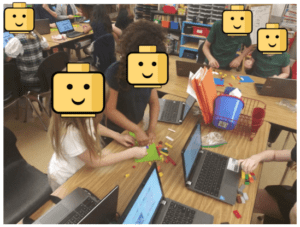
After the build, students were asked to turn and talk with a shoulder partner, explaining the design and listening to the shoulder partner explain his or her design. Then the pair was challenged to create a new rocket out of the twenty bricks, but the design had to incorporate at least one element from the two original designs. Again, a five-minute timer was set and students were then asked to write a description of their design.
The turn and talk was repeated with a pair at their desk cluster and the design challenge expanded to forty bricks. The process was repeated again, and we concluded with groups of eight students using 80 bricks to complete their rockets.
The only requirements were the limitations on the number of bricks used and the incorporation of previous design elements in the next iteration. All other design choices were at the discretion of the students.
Amazing Outcomes
One amazing thing that happened was that many of the students chose to use their materials more effectively. Often pairs or groups would use one brick to link multiple base plates to build a larger surface area for construction. As more bricks became available, the designs became more complex and incorporated supplementary materials including transport vehicles, launching pads, and support structures, concepts that they had learned about during their field experience at NASA.
Perhaps the best part of this challenge was the timing of when it occurred. The classroom teacher and I had asked the campus principal if it would be possible to schedule this during makeup STAAR testing days on the campus. The students in the classroom were not involved in STAAR makeup and it was a “quiet” day, with students asked to keep voice levels down to a minimum. The principal had granted permission, and while the classroom was buzzing with activity, the noise never exceeded acceptable levels.
You can do the brick challenge as well. The number can be based on the number of bricks you have available – five, six, ten, or twenty — it’s up to you!
Task Card Jackpot
Check out the challenges from LEGO Education US Master Educator Lindsay Foster. She has designed many task card sets and has willingly shared the following:
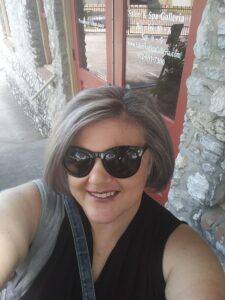
Lindsay Foster has 19 years of educational experience, including kindergarten through fifth-grade tech apps, as well as generalist experience in various elementary grade levels. As a Learning Technologies Coach, Foster uses her skills to help K-12 students and educators build meaningful and engaging learning experiences. Speaking at various local and state conferences including TCEA, TCEA ETC, FETC, MACUL, and TXGoo, she loves to share what students and educators are doing in the classrooms where she teaches and coaches.


